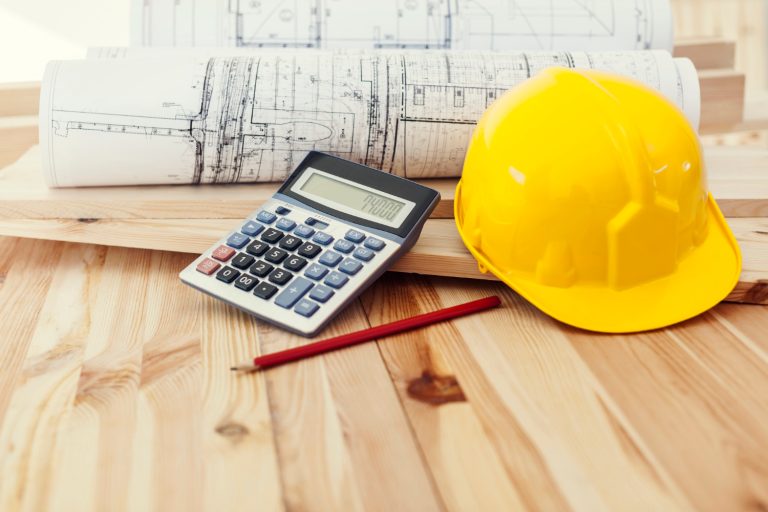Why HVAC Matters in Commercial Construction
Heating, ventilation, and air conditioning systems are the backbone of any commercial building. They impact comfort, energy efficiency, indoor air quality, and long-term operating costs. For Bay Area developers, facility managers, and contractors, understanding HVAC design and installation is critical in 2025 as codes tighten and energy costs rise.
At GC44, we work with clients to design and install HVAC systems that balance performance, efficiency, and compliance. This guide outlines key considerations and best practices for commercial HVAC projects.
Types of Commercial HVAC Systems
Commercial projects vary widely, and so do HVAC system options. Common types include:
Single-Split Systems
Ideal for smaller offices or retail spaces. Each unit serves one zone and requires separate indoor and outdoor units. Affordable but limited for larger facilities.
Multi-Split Systems
Connect multiple indoor units to one outdoor unit, saving space and offering zoning flexibility. Good for mid-sized buildings.
Variable Refrigerant Flow (VRF) Systems
Highly efficient systems that allow simultaneous heating and cooling across different zones. Popular in the Bay Area for mixed-use and office buildings.
Packaged Rooftop Units (RTUs)
Self-contained systems that provide heating and cooling from the rooftop. Common in warehouses, big-box retail, and low-rise office buildings.
Chiller Systems
Best suited for large buildings requiring centralized cooling. Often combined with cooling towers for efficiency.
Key Factors in HVAC Design
1. Building Size and Usage
Different spaces within a building have different needs. Offices, data centers, and retail stores all require customized climate control strategies.
2. Energy Efficiency
California energy codes require high-efficiency systems. Choosing Energy Star-rated equipment, integrating smart controls, and using variable speed drives helps meet standards and cut costs.
3. Indoor Air Quality
Post-pandemic, indoor air quality is a top concern. Proper ventilation, air filtration, and humidity control improve occupant health and productivity.
4. Zoning and Flexibility
Smart zoning allows tenants to control their spaces independently, reducing energy waste in unused areas.
5. Compliance and Codes
Bay Area projects must comply with Title 24 energy standards and local building regulations. Early planning prevents delays and costly redesigns.
Installation Best Practices
- Conduct a thorough load calculation to size systems accurately
- Use building information modeling (BIM) to plan ductwork and equipment placement
- Ensure ductwork is sealed and insulated to prevent energy loss
- Install smart thermostats and sensors to optimize usage
- Test systems thoroughly before handover to ensure peak performance
Maintenance and Lifecycle Considerations
Commercial HVAC systems represent a major investment. Proper maintenance ensures reliability and extends lifespan.
- Schedule regular inspections and filter replacements
- Monitor system performance with building automation systems
- Train facility staff on basic troubleshooting and efficiency practices
- Plan for eventual upgrades or retrofits to keep up with evolving technology and codes
A well-maintained HVAC system can last 15–25 years depending on type and usage.
Case Example
GC44 recently worked on a 40,000 sq. ft. office building in Palo Alto. The project involved:
- Designing a VRF system with zoning flexibility for multiple tenants
- Integrating smart thermostats with a building automation system
- Using high-efficiency filtration to meet indoor air quality standards
- Achieving a 28 percent reduction in projected annual energy costs
The result was a modern, efficient, and code-compliant HVAC solution tailored to the client’s needs.
Common Mistakes to Avoid
- Oversizing or undersizing systems, leading to inefficiency and higher costs
- Ignoring ductwork quality and sealing, which causes energy loss
- Delaying maintenance, resulting in expensive breakdowns
- Failing to consider scalability for future tenant changes
- Neglecting to integrate HVAC with other smart building systems
Final Thoughts
Commercial HVAC systems are one of the most important investments in any building project. Proper design and installation ensure comfort, compliance, and cost savings for decades to come.
At GC44, we combine technical expertise with a design-build approach to deliver HVAC solutions that meet the highest standards of efficiency and performance. Whether you are constructing a new commercial building or upgrading an existing system, our team provides the guidance and execution needed for long-term success.






